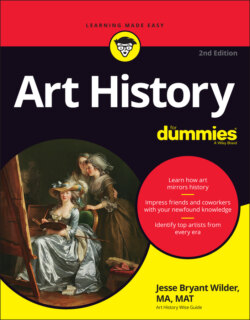Читать книгу Art History For Dummies - Jesse Bryant Wilder - Страница 91
Stalking Stone Warriors: Akkadian Art
ОглавлениеIn about 2334 BC, a powerful king finally united Mesopotamia. But he wasn’t Sumerian. Sargon I, an Akkadian king from an area north of Sumer, conquered Mesopotamia, northern Syria, and possibly part of Anatolia (modern-day Turkey), creating one of the first empires. Now the devout Sumerians had a new kind of leader who put politics before religion and introduced some changes:
A new use for art: Under Sargon, art became a propaganda tool or another gear in his war machine. He used it to promote his ambitions rather than to honor the gods. Yet Sargon and his Akkadian successors still respected the Sumer religion. Sargon’s daughter even became a priestess of Nanna, the moon-god of Ur.
A new language: Sargon replaced the Sumerian language with Akkadian. Sumerian culture was on the way out, though it had a brief rebirth before its final fizzle.
An example of Sargon’s new art is the head of an Akkadian ruler from Nineveh. The king is depicted as a godlike but secular ruler (not a shepherd of the people). He appears calm but with a seething battle-ready energy behind his imposing features. The style is similar to Sumerian sculpture. The artist coifed the beard like those of the statuettes of Abu Temple, but the modeling of the face is much more realistic and brilliantly executed, especially the superb contours of the lips and slightly hooked nose.
